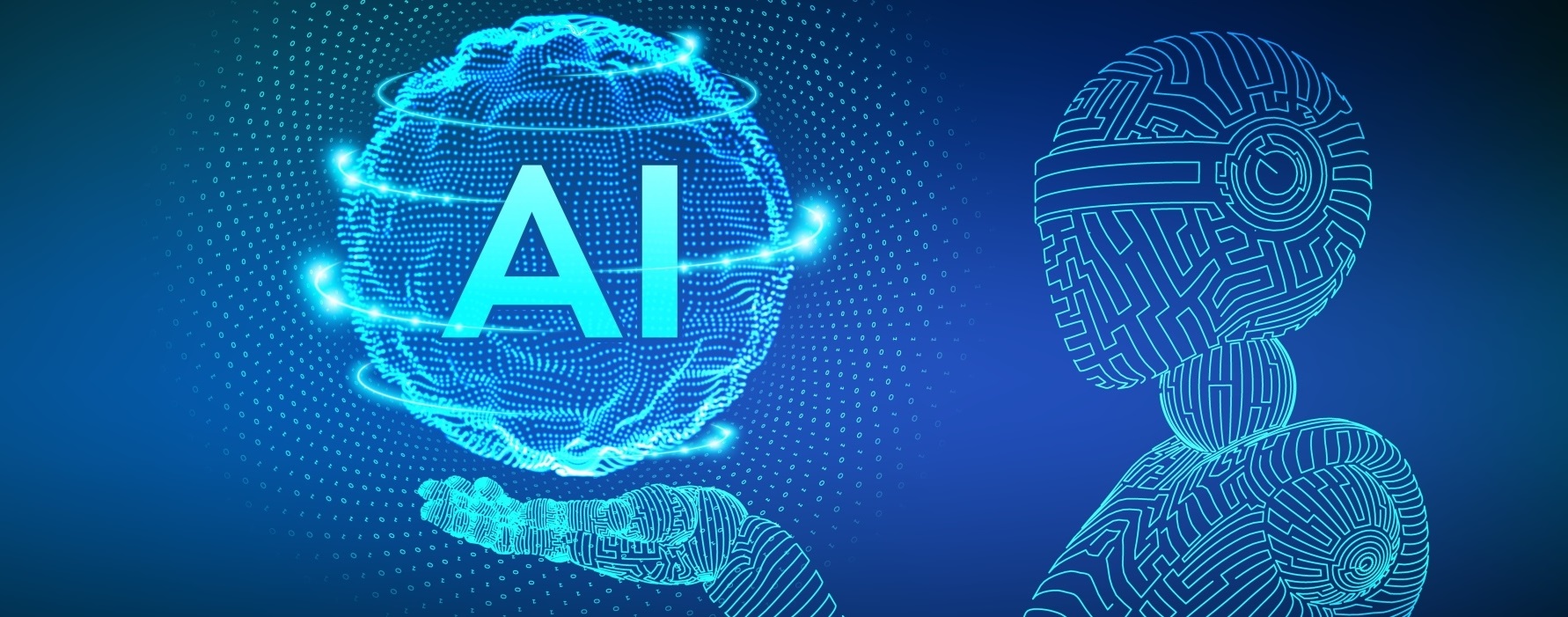Server
Understanding AI: Basics, Applications, and Future Prospects
Introduction Artificial Intelligence (AI) is transforming the world in ways previously thought to be the stuff of science fiction. From self-driving cars to personalized recommendations, AI is becoming an essential part of modern life. But what exactly is AI? How does it work, and what can we expect in the future?
In this post, we will explore the basics of AI, its various applications, and the potential benefits and challenges it brings to our society.

1. What is AI?
AI refers to the capability of a machine to perform tasks that would typically require human intelligence. These tasks can include recognizing speech, making decisions, understanding language, or even playing complex games like chess. Essentially, AI is the branch of computer science that is focused on creating intelligent systems that can mimic human cognition.
Key components of AI:
- Machine Learning (ML): A subset of AI, where systems learn from data and improve over time without being explicitly programmed.
- Natural Language Processing (NLP): Enables machines to understand and interpret human language.
- Computer Vision: The ability of machines to interpret and make decisions based on visual data.
2. Types of AI
AI can be categorized into three main types:
-
Narrow AI (Weak AI): This is the most common form of AI today. It is designed to perform a specific task, such as image recognition, language translation, or playing a game. Examples include Siri, Google Assistant, and Netflix’s recommendation system.
-
General AI (Strong AI): This is the kind of AI that can perform any intellectual task that a human can do. It’s still theoretical and not yet realized.
-
Superintelligent AI: A hypothetical AI that surpasses human intelligence in all aspects. This is still a subject of debate and speculation.
3. How Does AI Work?
AI systems are powered by algorithms that allow machines to process vast amounts of data, recognize patterns, and make decisions. Machine learning, one of the key pillars of AI, is based on training models with large datasets.
For example:
- Supervised learning: The algorithm learns from labeled data, meaning the correct answer is already known.
- Unsupervised learning: The algorithm identifies patterns in data without predefined labels.
- Reinforcement learning: The system learns by interacting with an environment and receiving feedback (rewards or penalties).
4. Applications of AI
AI is everywhere in our daily lives. Here are some common applications:
- Healthcare: AI is used for diagnosing diseases, predicting patient outcomes, and creating personalized treatment plans. It can also aid in drug discovery.
- Finance: AI is used for fraud detection, algorithmic trading, and credit scoring.
- Retail: E-commerce sites use AI to recommend products based on user behavior and preferences.
- Autonomous Vehicles: AI enables self-driving cars to navigate safely using sensors, cameras, and data analysis.
- Entertainment: Streaming services like Netflix and Spotify use AI to recommend content based on user preferences.
5. The Future of AI
The future of AI holds incredible promise. Some key developments we can expect include:
- Improved Natural Language Understanding: More sophisticated AI assistants that can understand context and handle complex conversations.
- AI in Creativity: AI is already being used to generate art, write music, and even craft stories. The line between human and machine creativity may blur in the future.
- Ethical AI: As AI becomes more integrated into society, there will be a growing need for ethical guidelines. Issues around privacy, bias in AI algorithms, and accountability need to be addressed.
- General AI: While we’re still a long way from achieving AGI (Artificial General Intelligence), researchers are making progress.
Conclusion
AI is a powerful tool that is revolutionizing industries and improving our lives. While we have only scratched the surface of what AI can achieve, the rapid progress in this field suggests that the future is filled with exciting possibilities. As AI continues to evolve, it will undoubtedly bring both new opportunities and challenges.
